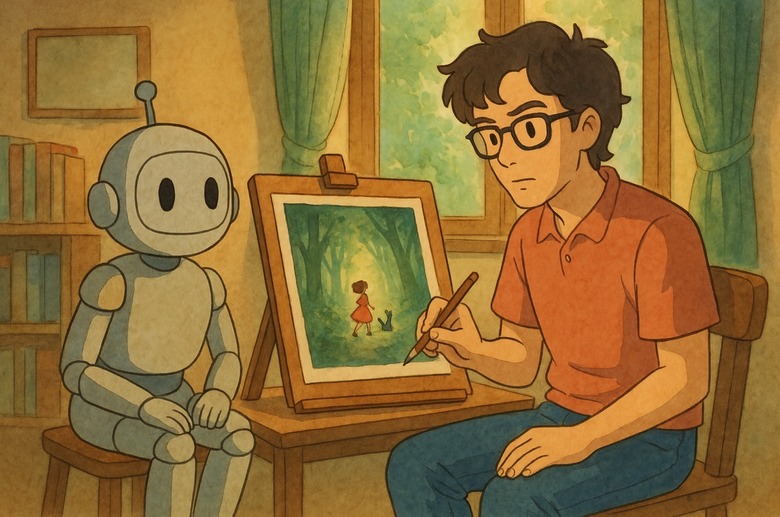Why Did ChatGPT Go Down This Week? Blame The 700M AI Images Made By 130M Users
ChatGPT experienced various service disruptions in the past week. The chatbot might have gone done for some, while others experienced slower overall performance. I've seen ChatGPT struggle with replies, and the AI went down at least once earlier this week.
This happened at the same time OpenAI CEO Sam Altman said that the company's GPUs were melting following the massive demand for ChatGPT's newest feature, the 4o image generation model, which can make incredible images very easily. Its capabilities include generating correct text, a first for ChatGPT, replicating various styles (Studio Ghibli was a big hit), and deepfaking celebrities.
Altman also said that OpenAI has gained millions of new users since last week's 4o image generation announcement. The CEO later acknowledged the downtime issues, saying the company is moving as fast as it can to fix things and suggesting OpenAI needs additional infrastructure to handle demand.
Fast-forward to Thursday, nine days after OpenAI launched the new 4o image generation model in ChatGPT, and we know exactly how massive the onslaught was: Over 700 million people generated over 130 million images.
OpenAI confirmed the figures in an email after COO Brad Lightcap posted them on X:
Very crazy first week for images in ChatGPT – over 130M users have generated 700M+ (!) images since last Tuesday
Lightcap focused on the incredible demand for the 4o image generator in its first week, saying that "the range of visual creativity has been extremely inspiring." He also highlighted India as ChatGPT's fastest-growing market.
However, the exec also addressed performance concerns in his message, saying, " We appreciate your patience as we try to serve everyone. The team continues to work around the clock."
As a ChatGPT Plus user, I certainly don't appreciate seeing ChatGPT go down more frequently than in the past now that 4o image generation is available to everyone, including ChatGPT Free users. That's especially considering OpenAI's lax safety features that went into building the model.
It is disturbing that ChatGPT image generation makes creating Studio Ghibli images so easy. Similarly, the ease with which people have been able to create deepfakes of celebrities with the service is concerning.
I do need ChatGPT to be dependable and serve my needs when I need the AI; otherwise, what's the point of paying for a premium subscription? I might as well stick with the ChatGPT Free option or look at the competition for premium AI access. There's no denying that Gemini looks very good right now.
It would be different if OpenAI's ChatGPT capacity were put to good use, and that would cause disruptions. But that's not the case. OpenAI is riding the ChatGPT virality right now because it serves multiple purposes.
First, it's a great trick to show how advanced your AI is without delivering big advancements. It's April, and we have no timeline for the GPT-5 launch. GPT-4.5 is still in preview mode. But a tool like 4o image generation going viral is a great way to explain why you're worth that extra $40 billion in funding.
Second, the viral ChatGPT images you've seen everywhere on social media this week prevent OpenAI rivals from making bigger waves. DeepSeek launched DeepSeek V3 before 4o image generation came online. Google released Gemini 2.5 Pro. But people are only talking about ChatGPT's image generation powers as if that's the Holy Grail of AI.
I don't want to minimize the impressive technical achievement here. ChatGPT's ability to generate images containing text and edit actual photos is amazing. But it should be secondary to what ChatGPT is meant to do and should not impact the chatbot's functionality or uptime.
